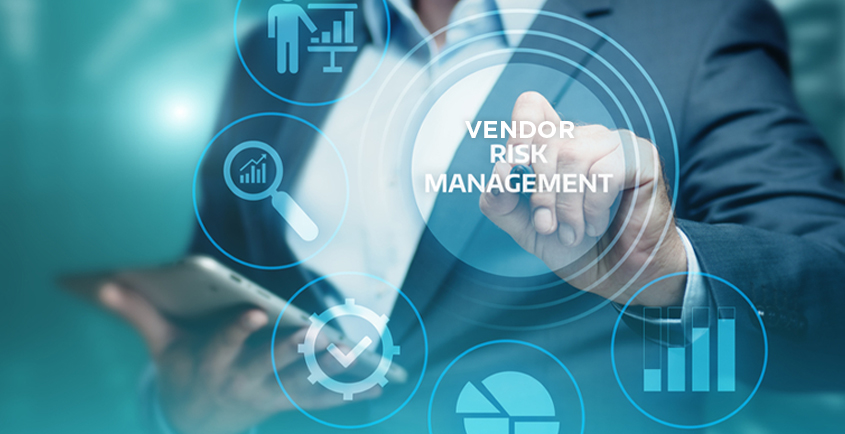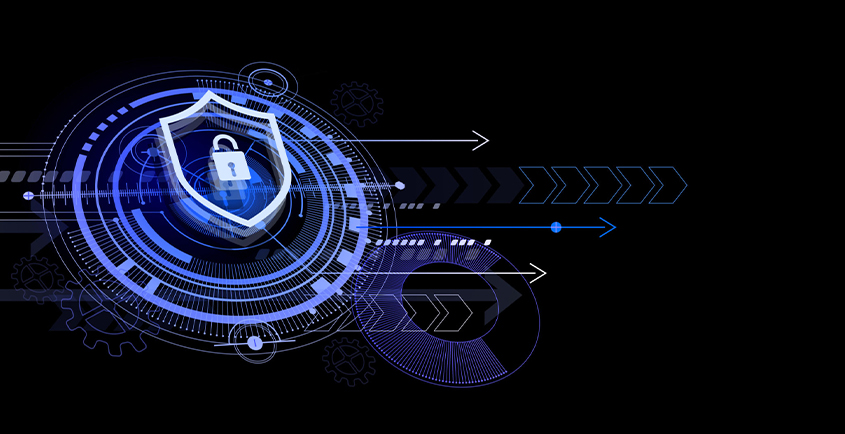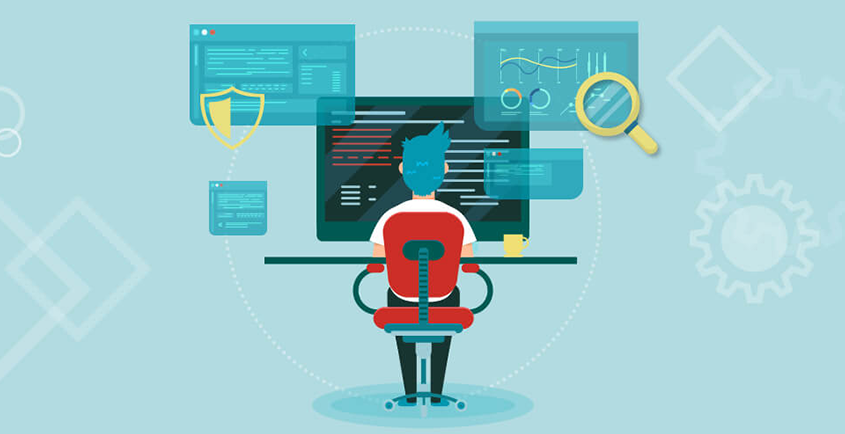Cybersecurity consulting has become an essential aspect of the information and communication technology supply chain. There is a growing cyber risk associated with dealing with vendors that are not adequately vetted or audited for their cybersecurity capabilities. The prime focus of Vendor Risk Management is to mitigate risks related to vendors. It is a risk management discipline that assesses the issues in a company regarding cyber security.
Technology is evolving rapidly. New issues see the day of light every day, and VRM helps counter them. The tool empowers companies with the vision to acknowledge whether vendors have sufficient security control.
The cloud provider vendors are using VRM due to the increasing number of people opting to work from home following the pandemic. Thus, the digital transformation requires growing while simultaneously relying on vendors along with the cybersecurity consulting services from the experts.
The objective of the Vendor Risk Management Program
In a nutshell, VRM technology renders assistance to enterprises from third-party suppliers. The objective of vendor risk management programs may differ from company to company. The size, requirement, applicable laws, jurisdiction, industry type, and more.
VRM monitors analyze and manage the risk exposure of vendors or industries seeking services from TPS (third party suppliers), specifically IT products. Also, it serves help when to clients when their enterprise details are at stake. All this is a part of cybersecurity service that aims to protect a company.
For delving further into VRM, you should run through a list of topics:
- Third-Party Risk Management Governance and Policy
- Determining Third-Party Risk
- Third-Party Inventory and Risk Rating
- Third-Party Risk Assessment (Pre-contract and Post contract)
- Issue Tracking and Corrective Action
- Annual Due Diligence
- Continuous Monitoring
Third-Party Risk Management Governance and Policy
The surging regulatory stress, the need for cybersecurity consulting services, globalization are forcing organizations worldwide to scrutinize their business processes and relationships for assessing the risk involved with third parties. That helps them comply with the applicable laws, regulate their requirements, and make better decisions. However, in the absence of governance and policy for TPRM, an organization can face operational risk, reputational damage, monetary losses, and government inquiry.
Outsourcing business activities expose organizations to risks like cyber, financial, legal, compliance, geopolitical, credit, and quality.
Determining Third-Party Risk
Assessing third-party risk is an essential cog in elevating the position of a company in the competitive marketplace. Here are the steps to determine them: –
Compliance requirement
It is pivotal to know the standards and regulations required to be met by organizations and vendors
Knowing potential risks
Identification of potential risks arising from third-party relationships as a part of end to end cybersecurity service.
Regular monitoring
It is essential for adapting to the changing environment.
Third-Party Inventory and Risk Rating
Any inventory located at the end of service providers or the premises of a third-party vendor is third-party inventory. For example, the third party includes employment agencies, mediators, brokers, or service providers.
On the other hand, risk rating means assessing or determining the risks involved while carrying out a business activity. Furthermore, the classification of the risks is also one of the vital parts. The compartments are high, medium, and low risks.
Thus, companies decide to deploy their employees and resources to work based on the severity and magnitude of risks.
Third-Party Risk Assessment (pre and post contracts)
The due diligence during the pre and post-contracts with third-party vendors aids an organization to keep abreast with potential risk. The assessment beside review of financial risk and Service Level Agreement at minimum must include the review of these controls;
- Information Security Governance and Policy
- Asset Management
- Identity and Access Management
- Authentication and Authorization
- Software and Application Security
- Infrastructure Security
- Change Management
- Threat and Vulnerability management
- Remote Access
- Mobil User Access
- Incident and Disaster Recovery management
- Third Party Risk Management
- Training and Awareness
- MIS and Reporting
Issue Tracking and Corrective Action
Tracking the issue is an essential part of giving it a corrective solution. Thus, corrective and preventive action and issue tracking go simultaneously for an organization. Once the issue is marked and tracked properly, it helps in getting to its root cause and finally resolves it.
All issues must be risk rated.
Tracking an issue has several advantages. Few are listed below
- You can always go back and resolve the issue on its recurrence, thanks to the tracking.
- The process saves time and money in the days ahead
- The recorded jurisdiction can be helpful for initiating bigger CAPA (corrective and preventive action)
Annual Due Diligence
It is a process used by companies or organizations to confirm details or facts of a matter through audit, investigation, or review. Annual due diligence is conducted every year to know beside the financial status of a company and also if there are any changes to their information security practices, such as Data center relocation or outsourcing their support to a third party as an example. ADD will allow the enterprise to be aware of any changes that may impact them.
Continuous Monitoring
IT systems are categorized and defined by continuous monitoring of an organization. Here, every system is organized based on various parameters, including controlled application, risk levels, and effectiveness assessment on security hazards.
The continuous monitoring program along with the robust cyber security services ensures that your company does not get harmed by a cybersecurity attack. It identifies loopholes occurring due to changes in hardware, software, and technology.
How Can SVAM Help?
Vendor risk management program is essential for companies as it helps identify, assess, and mitigate the risks associated with third-party vendors. SVAM International Inc., through its expert team of cybersecurity consultants, ensures the protection of sensitive data, compliance with regulations, and the continuity of business operations.
By implementing a comprehensive vendor risk management program through experienced professionals, you can mitigate potential threats and minimise the impact of a breach or disruption. Get in touch with us today to learn how we implement a vendor risk management program coupled with robust cybersecurity services.












